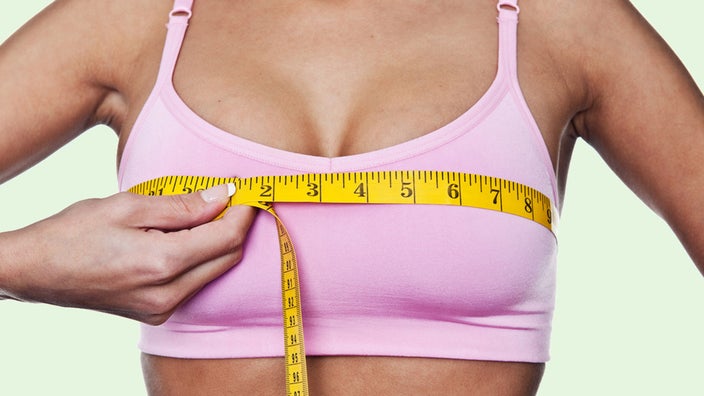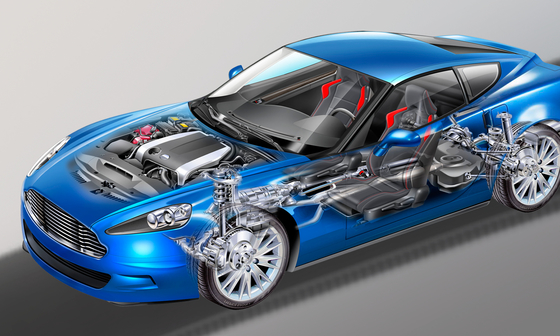Table of Contents
Introduction
Are you considering breast augmentation surgery? Do you want to look great without having to spend thousands of dollars on plastic surgery?
There are many reasons why women choose to get breast implants. Some do it because they feel self-conscious about their breasts. Others do it because they want bigger boobs. Still, others do it because they want to change their body shape. Whatever your reason may be, you should know the important facts about breast augmentation surgery.
If you’re interested in learning more about breast augmentation surgery, then read on. In this post, I’ll tell you exactly what happens during breast augmentation surgery and how long it takes to heal.
Breast Augmentation
Breast augmentation is a type of cosmetic surgery that involves enlarging or reshaping the size of the breasts. This can help improve the appearance of the breasts by giving them a fuller appearance, especially if they have lost volume over time as a result of pregnancy or breastfeeding. It also helps restore symmetry to the chest area.
What are the different kinds of breast augmentation?
Before we start talking about the procedure itself, let’s talk about what a breast implant is. A breast implant is an artificial implant that goes under the skin and holds up the breast tissue. Implants come in different sizes, shapes, and materials, and can even have pockets for fillers or other items.
The most common type of implant used for breast augmentation is silicone gel-filled implants. Silicone gel is a soft material that feels like regular human flesh. It’s also very safe and durable. The only downside is that it will eventually break down over time if not removed from the body. This means that after 10 years or so, you’ll need to go back in for another operation where the implant is replaced with a new one.
Another option is saline-filled implants. Saline is a sterile salt solution that acts as a filler inside the implant. They don’t last as long as silicone gel implants, but they are much safer. If you decide to use saline, make sure to find out whether your doctor has experience working with this kind of implant.
Should You Undergo Breast Augmentation?
The first step toward getting a breast implant is deciding if you want them at all. If you have small or average-sized breasts, you might not need any kind of enhancement. However, if you have large breasts that don’t fit properly into clothing, you might benefit from breast augmentation.
Once you decide whether you want to go through with breast augmentation, you will need to make an appointment with your doctor for a consultation. Your doctor will ask questions like:
- How old are you?
- Do you smoke?
- Have you had other surgeries?
- Do you have health problems?
Your doctor will also perform a physical examination and review your medical history. This will help him determine if you are healthy enough to undergo breast augmentation.
How does breast augmentation work?
When you get breast implants, there are two main procedures involved:
1) The incision – The incision is the cut made into the skin to access the pocket where the implant will sit. You’ll usually have a small scar here, but it won’t be noticeable unless you’re really looking for it.
2) The pocket – Once the incision is made, the surgeon will create a pocket underneath the muscle layer of the chest wall. He or she will insert the implant through this opening.
Duration
Depending on the type of implant used, the duration of the procedure varies between 30 minutes and 2 hours. Most patients report being able to return home within 1 hour of the procedure. However, some patients require overnight hospitalization due to complications such as bleeding or infection.
Recovery Time
It depends on the type of implant you’re using. For example, silicone gel implants typically require anywhere between 6 months and 1 year before they’re fully healed. Saline implants can take longer than that, depending on the brand and size of the implant.
After the implant is inserted, the wound needs to be closed up. This process generally takes around 3 weeks, although it can vary depending on the size of the implant.
After the procedure, you’ll probably notice swelling and bruising around the site of the incision. These symptoms typically disappear within 3 weeks. Afterward, you’ll need to wear a compression bra for 4 to 8 weeks to keep the implant stable. You might also experience mild soreness or discomfort in the area of the incision for several days following the procedure. After that, you should be able to resume normal activities.
Risks & Complications
Although breast augmentation is generally considered to be a safe procedure, there are risks associated with any surgical procedure. Some of these include:
Bleeding – Bleeding is a risk during all surgeries. Your doctor may recommend using stitches or sutures to close the incision.
Infection – There is always a chance of infection when performing any surgery. Your doctor will give you antibiotics before and after the procedure to prevent infections.
Pain – As mentioned above, you may feel pain at the site of the incisions. In addition, you may experience numbness or tingling in the area of the nipple.
Scarring – Scars form when the skin heals after surgery. Depending on how large the incision was, you may end up with a visible scar.
Swelling – Swelling occurs when fluid accumulates in the tissues surrounding the incision. This can cause the breasts to look larger than usual.
Is breast augmentation painful?
Most people say that breast augmentation isn’t too painful. However, some women do report feeling pain during the healing period. Some doctors recommend taking ibuprofen or acetaminophen (Tylenol) to reduce any discomfort.

Can I still breastfeed after breast augmentation?
Yes! In fact, it’s recommended that you continue breastfeeding while recovering from breast augmentation. Your baby should nurse at least once every 2 hours until he or she reaches about 5 pounds. At that point, you can start gradually increasing the frequency of feedings.
Breastfeeding after breast augmentation doesn’t pose any health risks for either mother or child. In fact, studies show that babies who were breastfed after their mothers had breast augmentation experienced no negative effects.
Is breast augmentation expensive?
Depending on the type of implant, breast augmentation can cost anywhere from $5,000-$20,000. There are many factors that determine how much you’ll pay, including the size of the implant, the location of the surgery, and the surgeon’s fees.




